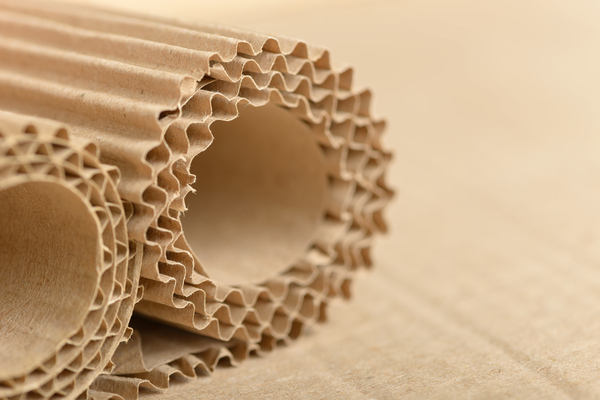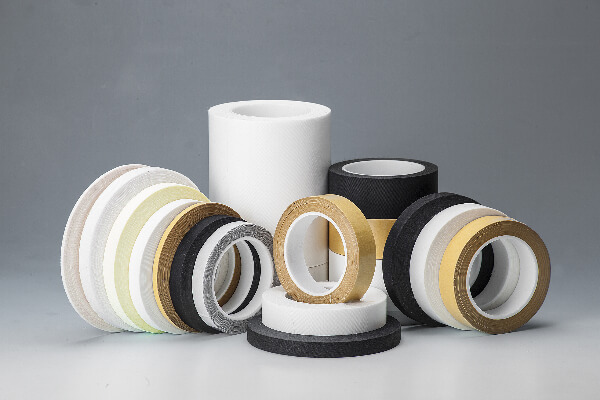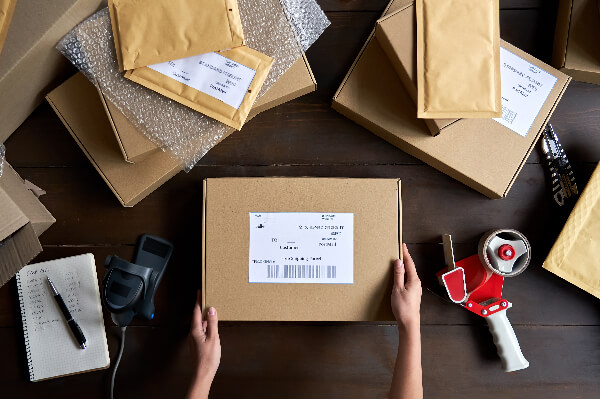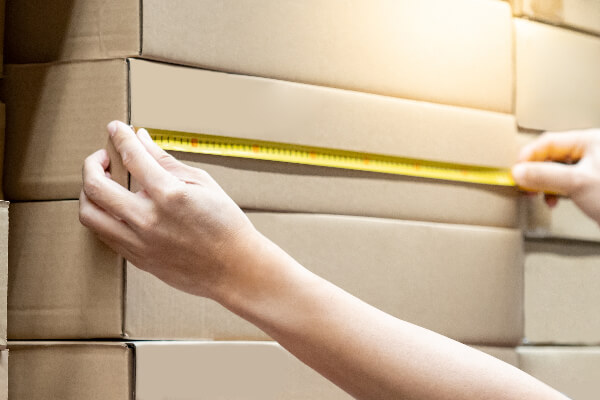Mailer boxes and shipping boxes are commonly used packaging containers in our everyday product transportation. However, they have distinct differences, and it’s crucial to understand these variances to make informed choices. By the end of this article, we aim to provide you with a comprehensive understanding of the disparities between these two types of boxes and guide you on how to choose the most suitable one for your needs.
What Is The Difference Between Shipping box And Mailer box?
Material
In terms of material, mailer boxes typically use cardboard paper, known for its lightweight yet sturdy nature. Shipping boxes, on the other hand, often utilize corrugated cardboard or even reinforced cardboard. Consequently, shipping boxes are thicker and possess greater strength compared to mailer boxes.
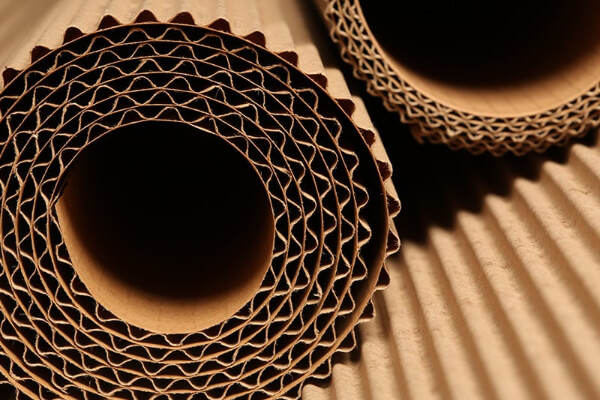
Construction
The primary difference in the structure of mailer boxes and shipping boxes lies in their closure methods. Mailer boxes typically employ a flip-top or magnetic closure, allowing for quick sealing without the need for additional tools like glue. In contrast, shipping boxes require glue or tape for closure. While the sealing process for shipping boxes may be more cumbersome, it results in a more secure closure.
Size
In terms of size, mailer boxes are typically designed to be smaller, whereas shipping boxes are often designed to be larger, accommodating a greater quantity of products.
Printing & Finishing
Mailer boxes are crafted from cardboard paper, providing a smooth surface that allows for easy printing of various colors and patterns. The printed colors on mailer boxes tend to be vibrant. Surface enhancements such as coatings and laminations can be applied to improve the appearance of mailer boxes. On the other hand, shipping boxes, made from corrugated cardboard, have a rougher surface, limiting them to simple printing. The printed results on shipping boxes may show a significant difference compared to mailer boxes.
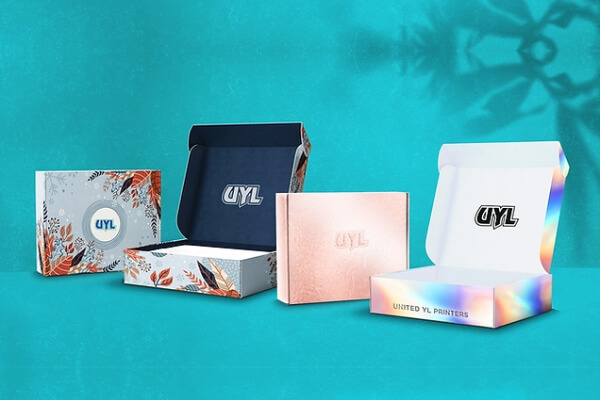
Choosing Between Mailers And Shipping Boxes
What is The Size And Weight of The Products?
When selecting a box, the first consideration is the size of your product. If your product is small, you might consider using a mailer box. Opting for a mailer box for transporting smaller items can save costs and prevent unnecessary space wastage within the box. If your product is lightweight, a mailer box could be a suitable choice. Conversely, if your product is relatively heavy, it is advisable to choose a shipping box. Shipping boxes are thicker and sturdier, providing better protection for your product during transportation. In this decision-making process, you may need to measure the box’s dimensions. For guidance on how to measure box size, you can refer to our article How to Measure A Box Dimension.
How Far For Your Product Shipping?
Consider the distance your product needs to travel. For long-distance transportation, it is preferable to use a shipping box. During long journeys, products are more susceptible to bumps and impacts, requiring a more robust and thicker shipping box to ensure adequate protection.
How Much Protection Do You Need?
Next, you should consider how much protection your product requires during transportation. When transporting fragile items or those needing special protection, it is common to choose a shipping box. Firstly, shipping boxes are sturdier, providing a higher level of protection for the product. Secondly, shipping boxes can easily accommodate cushioning materials like foam or bubble wrap, reducing the impact the product experiences during transit. Lastly, the larger surface area of a shipping box allows for easy printing of labels, indicating that the contents are fragile and require careful handling during transportation and storage. Conversely, if you are shipping non-fragile items that are less prone to damage, you may consider using a mailer box.

How Much is Your Budget?
Another crucial factor influencing your choice between a mailer box and a shipping box is your budget. Generally, shipping boxes tend to be more expensive. This is primarily due to the thicker materials used in shipping boxes, which incur higher material costs. Additionally, the transportation costs for shipping boxes can be higher because of their larger size and heavier weight, resulting in increased shipping fees. Furthermore, when using shipping boxes, additional cushioning materials are often added to better protect the product, contributing to additional costs. To make the best choice between the two types of boxes, consider your specific transportation requirements and budget constraints.

What is Your Shipping Frequency?
Generally, mailer boxes are suitable for one-time shipments because of their lightweight construction. After a single transport, the protection they offer may significantly decrease due to impacts during transit. As a result, mailer boxes are not recommended for reuse in shipping, as they may not provide adequate protection for the product. On the other hand, shipping boxes are extremely sturdy and can continue to offer excellent protection for products even after multiple shipments. Therefore, if the box is intended for a one-time shipment and cost-saving is a consideration, you may choose a mailer box. However, if the box will be used for multiple shipments, it is advisable to use a shipping box. In this case, the overall cost may be lower after several uses.
What Unboxing Experience Do You Want to Achieve?
In terms of the unboxing experience, mailer boxes offer a superior experience. Firstly, mailer boxes are often beautifully printed, providing customers with a delightful unboxing experience upon receiving an aesthetically pleasing box. Secondly, mailer boxes have a simple closing mechanism, making the unboxing process convenient for customers, ensuring a smooth experience. Lastly, regarding brand presentation, compared to shipping boxes, mailer boxes have surfaces that can utilize various printing techniques and finishing processes. This allows designers to seamlessly integrate the brand into the packaging design, enhancing brand awareness and providing a better platform for showcasing and promoting the brand.
Packaging Efficiency
Packaging efficiency is a measure of the convenience and speed during the packaging process. In general, the simpler the product packaging, the faster the packaging process, and the more efficient the storage and transportation, resulting in higher packaging efficiency.
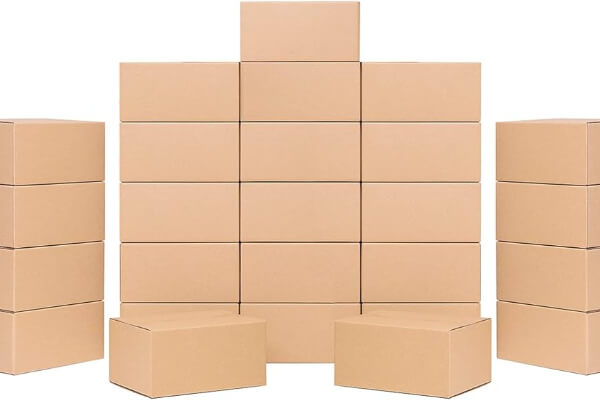
Ease of Assembly
In terms of assembly simplicity, assembling a mailer box is more straightforward. Unlike shipping boxes, mailer boxes can be assembled and sealed without the need for tape or other adhesives, making the entire product packaging process quicker.
Stackability
Generally, mailer boxes are more lightweight, making them easier to stack. In the same space, you can stack more products packaged in mailer boxes, saving space and enhancing transportation efficiency.
Automation Feasibility
When large-scale production and packaging are necessary, using machinery for automated packaging is an efficient method. Due to their simple assembly and sealing processes, mailer boxes are more suitable for automation systems.
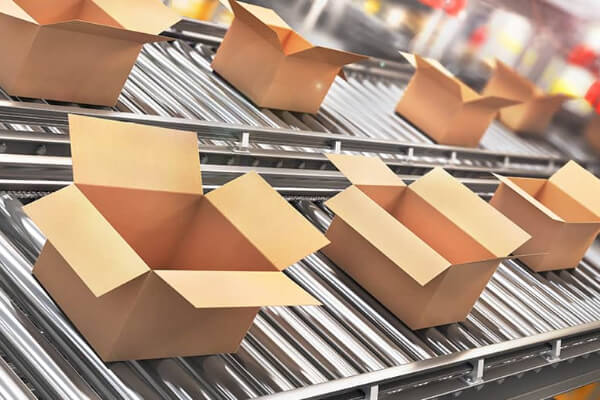
From the points mentioned above, it can be concluded that mailer boxes are more efficient in terms of packaging compared to shipping boxes.
Sustainability
Both shipping boxes and mailer boxes boast excellent recyclability and biodegradability, making them environmentally friendly. However, the production of shipping boxes requires more materials, leading to a higher resource consumption and a greater environmental impact.
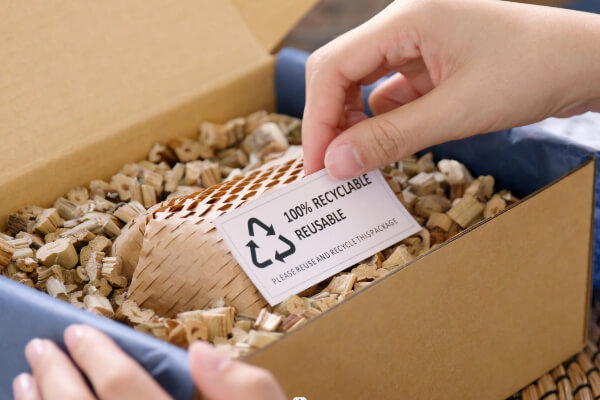
Customizability
In terms of customizability, mailer boxes outperform shipping boxes. As mentioned earlier, mailer boxes allow for higher-precision printing on their surfaces, providing designers the flexibility to unleash creativity and build brand influence. Additionally, mailer boxes can be designed in different shapes to accommodate various product types, offering customers a more unique unboxing experience. Therefore, if you have many ideas for customizing your packaging and wish it to stand out, consider choosing mailer boxes for your packaging needs.
Conclusion
Mailer boxes and shipping boxes each have their own advantages in product transportation. After reading this article, you can make a choice based on your specific needs. If you have any further questions, feel free to reach out to us at ReanPackaging.
More Resources:
Mailer Box – Source: EveryBodyWiki
Cardboard Box – Source: wikipedia
